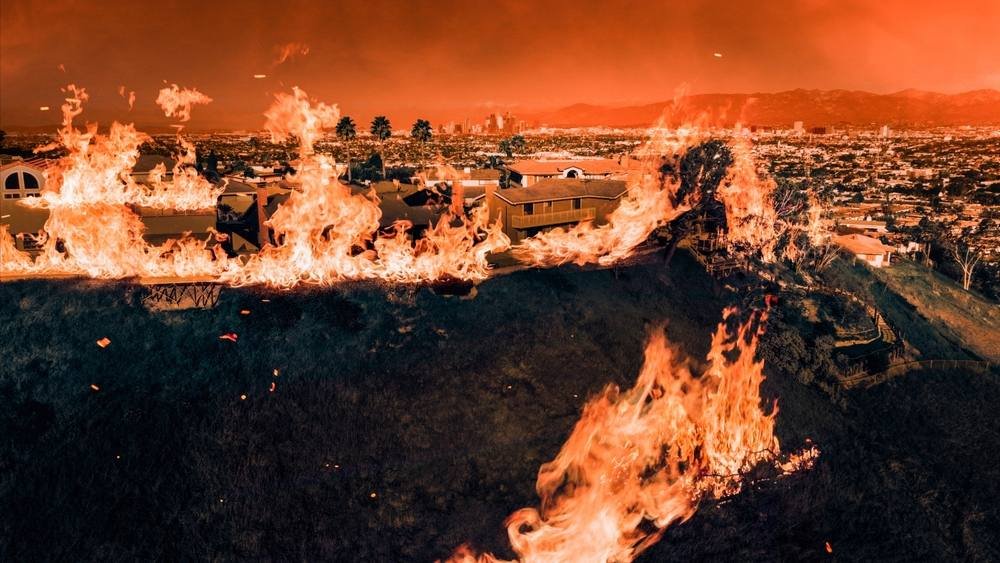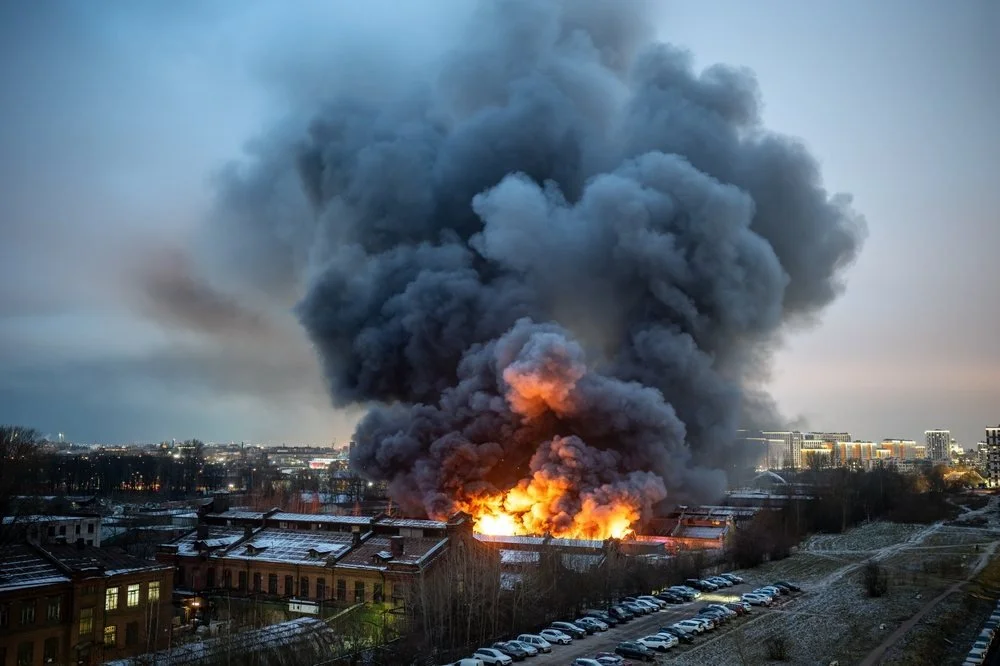Fire Resistant Roofing Materials: Staying Safe in Southern California
TLDR:
Living in wildfire-prone Southern California? Here's how to protect your property with fire-resistant roofing:
Choose materials with a Class A fire rating like metal, tile, or slate roofs
Avoid wood shake roofs and untreated asphalt shingles
Ensure proper installation for maximum fire protection
In Southern California, fire safety isn’t optional—it’s essential.
In January 2025, a series of destructive wildfires ravaged the Los Angeles metropolitan area, exacerbated by severe Santa Ana winds and drought. These fires, including the devastating Palisades and Eaton blazes, killed at least 30 people, forced over 200,000 evacuations, and destroyed more than 18,000 homes and structures, burning over 57,000 acres of land.
The good news? There are many fire-resistant roof materials that not only offer protection but also enhance the beauty and durability of your structure. Whether you’re installing a new roof or replacing an old one, here's what you need to know about fire-safe roofing in wildfire-prone regions.
Why Fire-Resistant Roofing Matters
Every year, thousands of homes in California are at risk during wildfire season. While clearing brush and creating defensible space is important, your type of roof plays a major role in fire protection.
Roof surfaces are one of the most vulnerable parts of a building during a fire. Floating embers can land on rooftops and ignite combustible materials, especially wood shake roofs or aging asphalt shingles.
That’s why choosing a fire-resistant roof is one of the smartest long-term investments you can make.
Understanding Fire Ratings: What Does “Class A” Mean?
Roofing products are rated based on their ability to resist fire. The Class A fire rating is the highest, offering the most protection. To achieve a Class A rating, a roofing product must withstand severe exposure to fire originating from outside the building.
Fire testing is done on an assembly rating—this includes the roof deck, underlayment, and roofing surface. Even fire-proof roofing materials won’t perform well unless the system is properly installed.
Best Fire-Resistant Roofing Materials
So, what is the best fire-resistant roofing material for homes and commercial properties in Southern California? Let’s look at some of the top options:
1. Metal Roofing
Metal roofing is one of the most durable and fire-resistant roof materials available. It doesn’t ignite, spark, or burn, and most products come with a Class A fire rating when installed over the proper underlayment.
Benefits of metal roofs:
Long lifespan (up to 50+ years)
Reflective and energy efficient
Resistant to embers and wind-blown debris
In wildfire zones like Los Angeles and Ventura counties, metal roofing is a reliable, low-maintenance choice for fire safety.
2. Slate Roofs
Slate roofs are made from natural stone, making them virtually non-combustible. With the correct installation, they can easily achieve a Class A rating.
Pros:
Extremely durable and heavy
Naturally fire resistant
Elegant, high-end appearance
The main drawback? Slate is expensive and requires structural support due to its weight—but for long-term fire protection, it’s hard to beat.
3. Clay and Concrete Tile Roofs
Tile roofs, whether made from clay or concrete, are also excellent fire-resistant materials. These tiles do not burn, and when combined with proper underlayment, they qualify for a Class A fire rating.
Advantages include:
Long lifespan and great curb appeal
Natural insulation against heat
Low maintenance
However, it’s important that the tiles are properly installed to avoid gaps where embers could sneak through to the underlayment or roof deck.
4. Asphalt Shingles (Fire-Rated)
Standard asphalt shingles are common but not always ideal for fire zones. However, Class A-rated asphalt shingles that are treated with fire retardant chemicals offer much better fire resistance.
If you’re replacing an older roof, upgrading to fire-resistant shingles can boost your home’s protection without breaking your budget.
5. Synthetic Roofing Options
Newer roofing materials made from synthetic composites can also be fire safe, depending on the brand and assembly rating. Some products are designed to mimic wood or slate while offering Class A fire rating protection.
Be sure to check the manufacturer’s specs and always work with experienced roofing contractors for proper installation.
What to Avoid in Wildfire Zones
In areas prone to wildfires, steer clear of wood shake roofs and any roof shingles not rated for fire resistance. Even with fire retardant chemicals, wood shakes can dry out and still pose a risk over time.
Also, avoid gaps, damaged underlayment, or old roof systems that compromise your fire protection. Ember-resistant vents and sealed openings are also critical to a fire safe structure.
Choosing the Right Roof for Fire Safety
If you live or work in the Los Angeles area—or anywhere in Southern California—selecting a fire-resistant roofing system should be a top priority. With wildfires becoming more intense each year, your roofing material can be the first line of defense.
Whether you're considering metal roofing, tile roofs, or fire-rated asphalt shingles, Vision Roof Services can help you choose and install the right system for your building. Our experienced team specializes in resistant roofing materials that look great and provide lasting safety.
Ready to Upgrade to Fire-Safe Roofing?
Contact Vision Roof Services today for a free consultation. We’ll help you choose the best fireproof roofing materials and ensure your roof is properly installed to withstand whatever nature throws your way.


